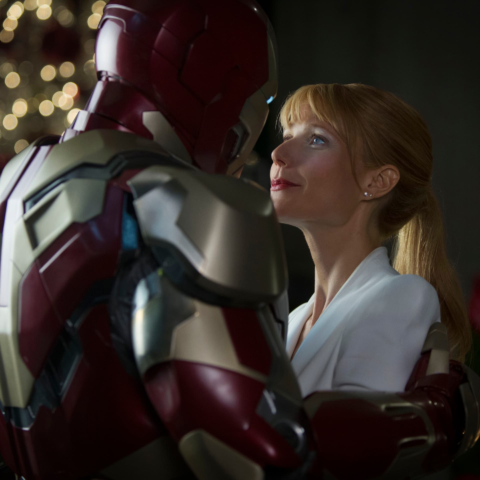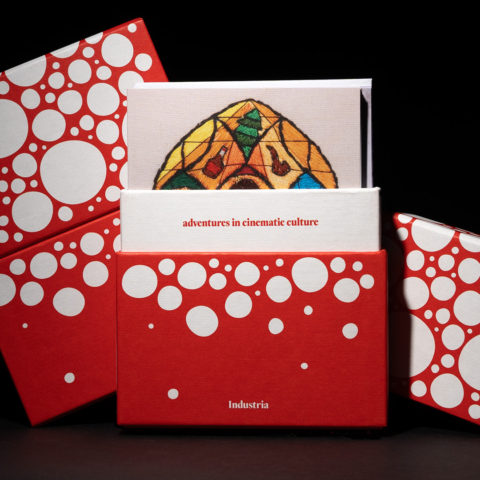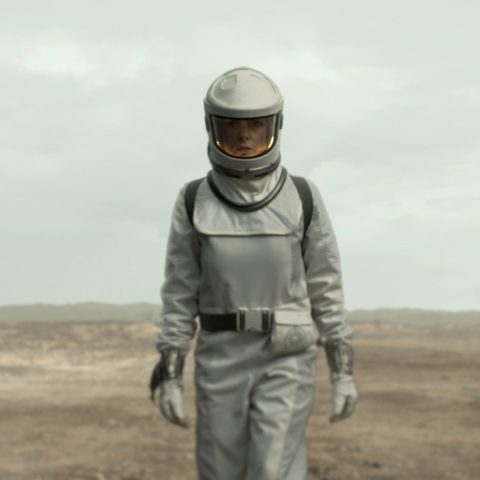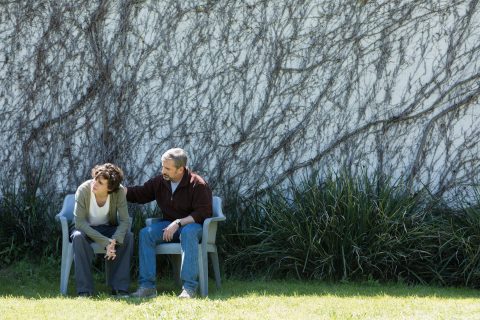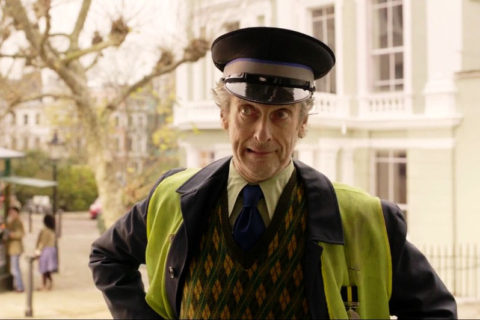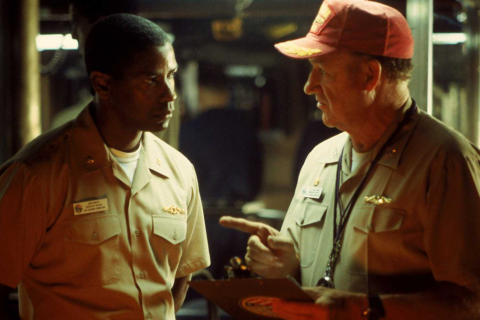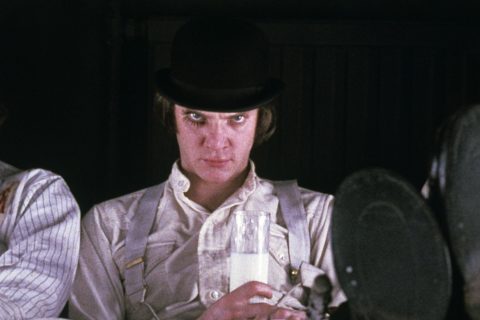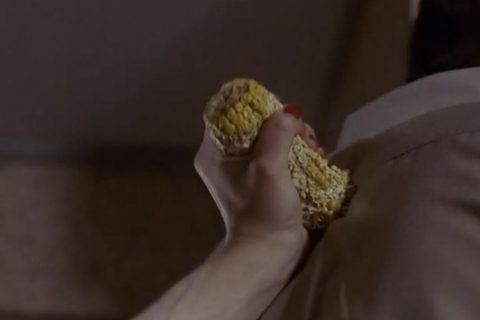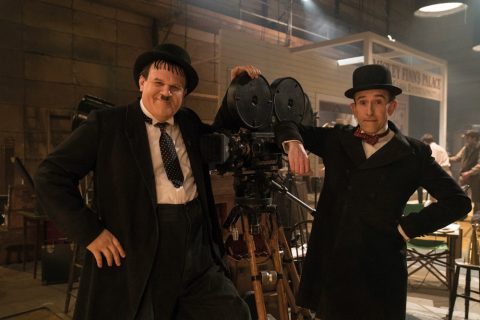Classic Scene: The Butterfly Effect
It’s chaos (theory)
If you could go back and change your past to alter your present, would you? That’s the question posed in Eric Bress and J. Mackye Gruber’s 2004 sci-fi The Butterfly Effect. The film’s title refers to the idea that even the smallest change to past events can have a dramatic impact on the future, with the popular analogy being that a butterfly doing something as insignificant as flapping its wing could cause a typhoon — small changes can have massive impacts. Ashton Kutcher, fresh from season three of Punk’d, delivers the best role of his career as Evan. As a child, Evan experiences severe blackouts, having no memory of what he did during those times. When he enters adulthood, he discovers that he has the seemingly amazing ability to travel back in time and live out those moments again. Intent on improving his and his friends’ lives, Evan uses his time travelling powers, much like that pesky butterfly, to alter the past and causes a typhoon of problems for their future selves, altering their reality in often significantly negative ways. The film was a box office success, but received a critical lashing with predominantly negative critics reviews — though it has since gained a small cult following.
But did you know…
1) Four endings of the film were shot, the most wild (and the director’s favourite) plays at the end of The Director’s Cut and is slightly more morbid. *SPOILERS* It shows Evan going back in time to a point where he was still in his mother’s womb and strangling himself with his umbilical cord, ending his misery and seemingly allowing his friends to live normal lives. Fun!
2) The scenes set in prison were shot in an actual prison in Washington, with the extras in those scenes being the clink’s real inmates. They probably had the time to spare.
3) The cigarette burn that Evan receives leaves a lasting scar which resembles the symbol of chaos theory, which is where the idea of a ‘butterfly effect’ originates.


